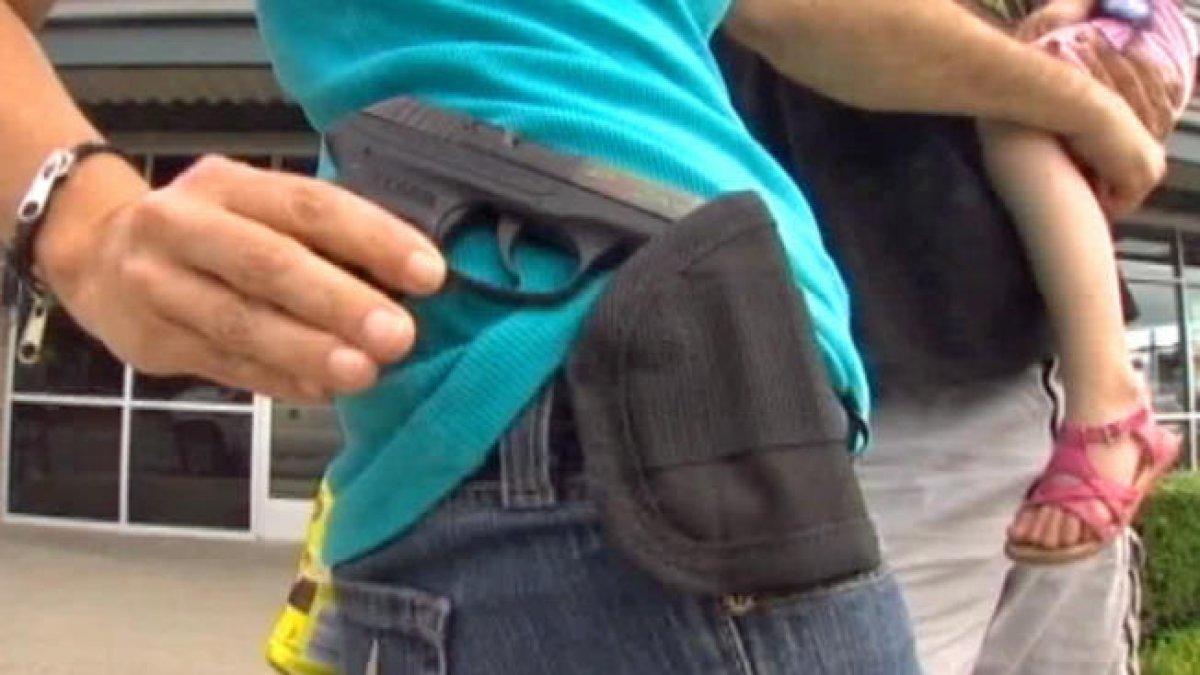Orlando Florida. – In less than a week, Texas, Missouri and New York have seen three youths killed at gunpoint by people who allege their lives were in danger from mere presence and error of the victims as to their whereabouts.
In Missouri, a young black man was shot twice in the head for ringing the wrong doorbell while picking up his siblings. Neither the victim nor the perpetrator spoke.
In Texas, two young cheerleaders were shot dead by a man looking for them after one of them mistakenly got into the suspect’s car. Despite the teenager apologizing, the man came out, looked for them and shot them. Both are hospitalized.
While, in the Big Apple, a 20-year-old student was shot dead after stopping near a house while looking for the address of a residence to find her friends.
Everyone involved must now prove that there was indeed a reasonable fear of imminent danger of death to life or bodily harm.
Given this, states like Florida have laws that, while considering self-defense in case of imminent danger, have a few exceptions.
Florida’s “Stand your ground” law states that a person can shoot or use deadly force at another if they suspect a “reasonably imminent danger of death or grievous bodily harm to themselves or another person.”
By law, a person who is in a house or residence they are entitled to be in does not have to leave and has the right to stand their ground and use or threaten to use force with the other party if they believe that it is imminent that the other person will take your life or if you understand that it is necessary to take the life of the other person to avoid imminent death or serious bodily harm to yourself, another person, or to prevent the imminent commission of a crime.
A person is presumed to have had a reasonable apprehension of imminent danger of death or grievous bodily harm to himself or another person when he uses or threatens to use defensive force with the intent or likelihood of cause death or serious bodily harm to another person
- The person against whom defensive force was used or threatened was in the process of illegally forcibly entering or had illegally and forcibly entered an occupied dwelling, residence or vehicle or if that person had left or was attempting to enter and evict another against the will of the occupied dwelling, residence or vehicle.
- The person using or threatening to use defensive force knew or had reason to believe that an illegal and forced entry or an illegal and forced act was occurring or had occurred.
When Does This “Stand To Your Position” Law Not Apply?
The law establishes that if the person against whom defensive force is used or threatened has the right to be or be a legal resident of the dwelling, residence or vehicle, as owner, tenant or holder, and that ‘there is no court order protecting her from domestic violence or a written non-contact prior supervision order against this person.
The person or persons being asked to leave is a child or grandchild or is in the legal custody or guardianship of the person against whom the defensive force is used or threatened.
A person who uses or threatens to use defensive force engages in criminal activity or uses the dwelling, residence or vehicle they occupy for criminal purposes.
The person against whom defensive force is used or threatened is a law enforcement officer who enters or attempts to enter a dwelling, residence or vehicle in the performance of their official duties and the officer is identified in accordance with any applicable law or The person who used or threatened to use force knew or reasonably should have known that the person who entered or attempted to enter was a law enforcement officer.
A person who unlawfully and forcibly enters or attempts to enter another person’s dwelling, residence or occupied vehicle is presumed to do so with the intent to commit an unlawful act involving force or violence.

